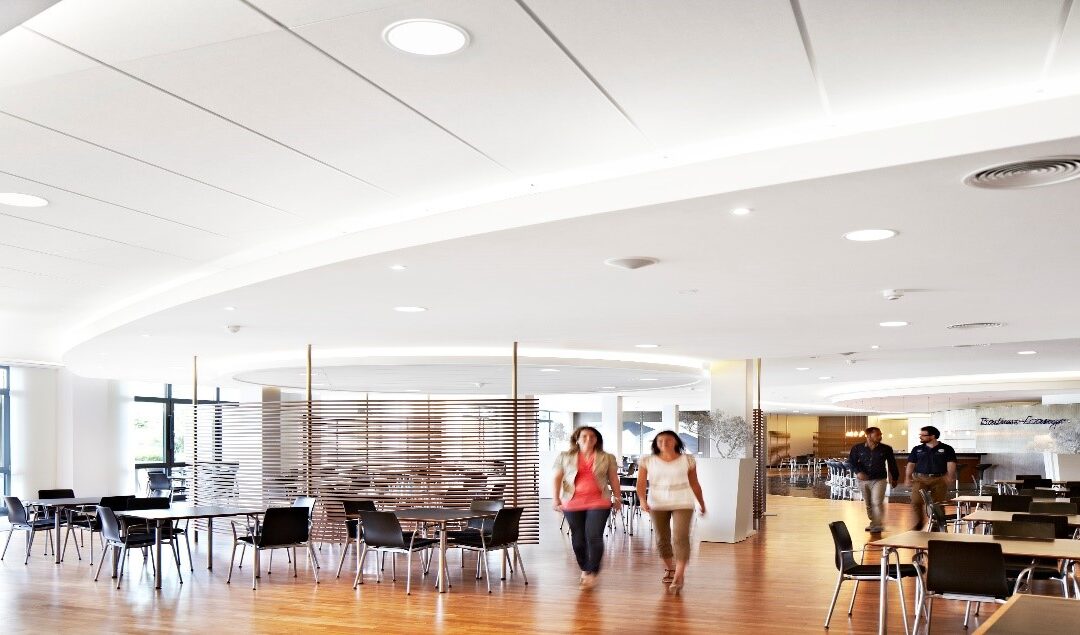We go to a restaurant to enjoy the food and ambience, but also as a social event; it offers us an opportunity to catch up with friends and enjoy a chat.
For many people high levels of restaurant noise acts as a barrier to inclusion in conversation so affecting their enjoyment of the experience. This is reflected in noise being listed as one of the main reasons for customer complaint.
Noise seems to affect some people more than others. Some factors affecting people include the type, level and source of noise, age, a person’s personality type, their coping mechanisms and their levels of distraction. For the 12 million people in the UK with hearing loss, noisy restaurants can be inaccessible. In addition, as customers we leave the noise behind at the end of our visit, but for staff this is a constant in their work environment, causing fatigue and affecting their concentration and wellbeing.
Sources of noise often include background music, kitchen, bar, coffee machine and cutlery noise, scraping chairs, air conditioning units and people talking. This is exacerbated by the room design and finishes.
Whilst many restaurants invest in the fit out and refurbishment of their spaces they may forget that sound plays a key part in the customer experience. The aesthetic preference for and ease of cleaning of hard smooth surfaces, such as stone, metal, glass and polished wood allows sound to reflect back into a room. It’s this potential for reflected sound that is often a problem. Reflected sound then travels to another surface where part is then reflected again and so on. The energy generated from all this reflected sound is reverberation. When reverberation is high in a room, it is difficult to hear speech, when it is low, speech intelligibility it easier. Very high levels of sound and reverberation builds up to a cacophony that takes its toll on both customers and staff.
There are solutions; a restaurant should not be too silent; the “buzz” of a space forms part of its welcome and often promotes a feeling of comfort, but we want conversation to be easy not shouted and staff to feel relaxed and able to concentrate.
Quick fixes that help include caps on furniture legs that helps prevent the noise of chairs scraping, varying the volume or turning off any music played and wide spacing between tables.
Improving the room acoustics with sound absorbent panels either as a full ceiling, rafts or acoustic wall art looks good and provides a more comfortable environment in which customers want to dine and people want to work. Sound absorbers absorb reflected sound so reducing reverberation and lowering levels of background noise.
Partitions and screens help stop sound travelling and work well in conjunction with sound absorbers and this combination can help provide specific “quiet” areas within the space that some customers may prefer.
Andrea Harman is Concept Developer for Healthcare for Saint Gobain Ecophon, manufacturers and developers of acoustic solutions that contribute to improving interior environments. She has worked in the field of room acoustics for more than twenty years helping to create spaces that link acoustically with the needs of the users and the activity taking place. She is active in developing the connection between noise and well-being and investigating how the acoustic feel of a room can affect performance, interaction and social inclusion.


Recent Comments